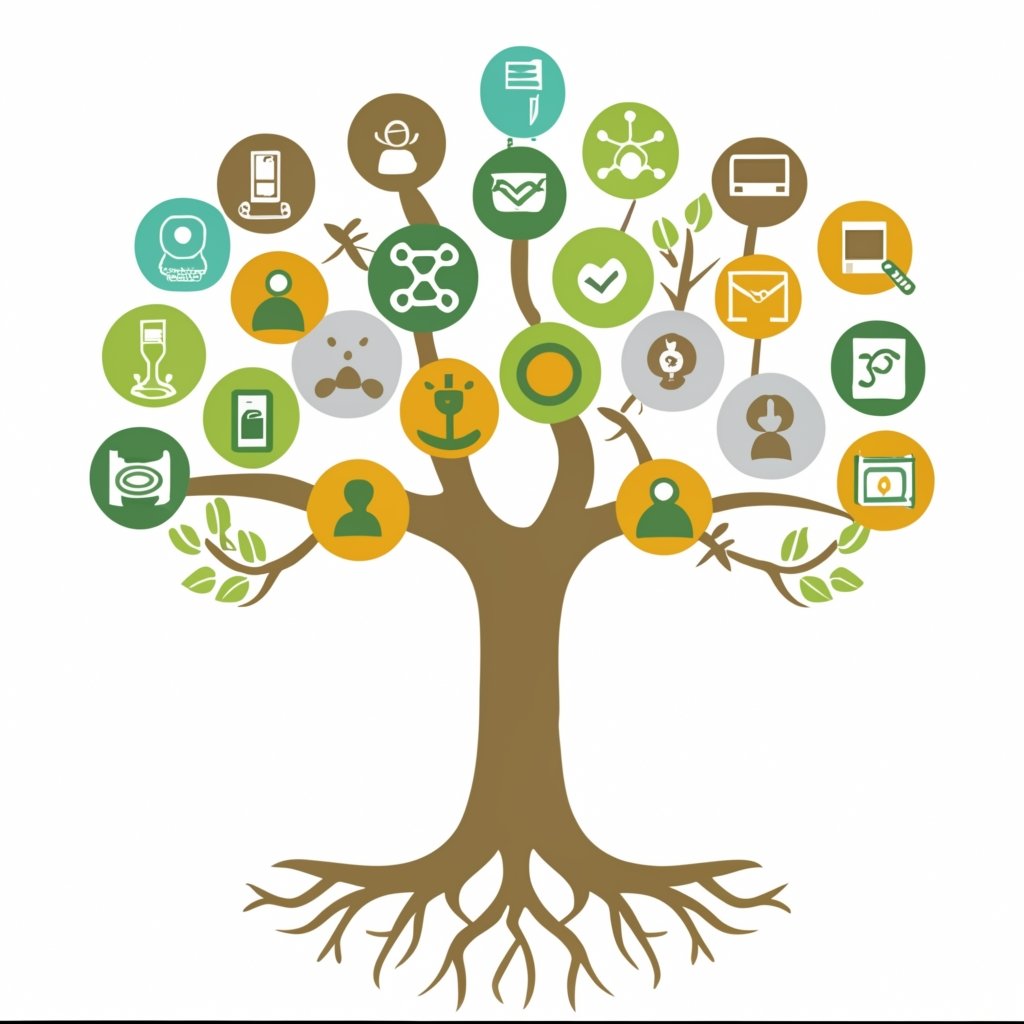In today’s rapidly evolving world, innovation is a buzzword that often takes center stage in discussions about progress, growth, and change. But what exactly is innovation, and how does it differ from other related concepts? In this comprehensive blog post, we will explore the essence of innovation, emphasizing its key elements and distinguishing it from creativity and other creative activities.

Defining Innovation
Before delving into the differences between innovation and other concepts, it’s essential to understand what innovation truly means. According to the OECD (Organisation for Economic Co-operation and Development), innovation refers to “the implementation of a new or significantly improved product (good or service), or process, a new marketing method, or a new organizational method in business practices, workplace organization, or external relations.”
Innovation, therefore, goes beyond mere creativity or invention; it involves the practical application and implementation of creative ideas to bring about positive change. Now, let’s explore how innovation distinguishes itself from other creative activities.
How is Innovation Different from Other Creative Activities?
1. Purpose and Outcome:
- Innovation: It is driven by the intention to create value, solve problems, or meet specific needs. The ultimate goal is to bring about positive change, whether it’s in technology, business, or society.
- Creativity: Creativity, on the other hand, is the process of generating novel ideas, concepts, or solutions without a predefined purpose. It may or may not result in practical applications.
2. Execution and Implementation:
- Innovation: It involves the execution and practical implementation of creative ideas, often requiring careful planning, resources, and a structured approach.
- Creativity: Creativity focuses primarily on the generation of ideas, and the execution phase may or may not follow. Creativity is more about ideation than execution.
3. Risk and Change:
- Innovation: Embraces calculated risks as it aims to disrupt the status quo and introduce something new. It often leads to significant changes in processes, products, or industries.
- Creativity: While creative ideas can be groundbreaking, they do not necessarily entail immediate change or risk. Creativity can exist in the realm of art, design, and personal expression, where change may be less prominent.
4. Measurable Impact:
- Innovation: Success in innovation can be measured through tangible outcomes, such as increased efficiency, improved products, or higher profitability.
- Creativity: The impact of creativity is often more subjective and may not always be easily quantifiable. It can be appreciated for its aesthetic or intellectual value.
5. Process and Replicability:
- Innovation: It follows a systematic and often replicable process involving research, development, testing, and implementation. Innovations can be scaled and repeated.
- Creativity: Creativity is a more open-ended and spontaneous process, making it less predictable and challenging to replicate consistently.
What Are the Three Concepts of Innovation?
Innovation can be understood through three fundamental concepts, as outlined by ScienceDirect:
- Product Innovation: This involves the development of new or improved products or services. It often includes enhancements in features, functionality, or quality.
- Process Innovation: Process innovation focuses on improving the methods, techniques, or systems used to produce goods or services. It seeks to enhance efficiency, reduce costs, and optimize operations.
- Organizational Innovation: Organizational innovation pertains to changes in the structure, culture, or management practices within an organization. It aims to improve overall performance, adapt to market dynamics, and foster a culture of continuous improvement.
To Note
In summary, innovation stands out from other creative activities due to its clear purpose, practical execution, calculated risk-taking, measurable impact, and systematic processes. While creativity is an essential precursor to innovation, it doesn’t always lead to practical implementation or change. Understanding the distinctions between these concepts is crucial for businesses, entrepreneurs, and individuals striving to drive progress and make a lasting impact in their respective fields.
References:
- What is Innovation? – Innovations4.eu
- Innovation Defined: Exploring the Essence of Creative Progress – Innovations4.eu
- OECD – Innovation
- Innovation and Technology Aren’t the Same – UNHCR
By understanding these differences and embracing innovation as a means of creating impactful change, individuals and organizations can better navigate the evolving landscapes of their industries and contribute to a brighter, more innovative future.






